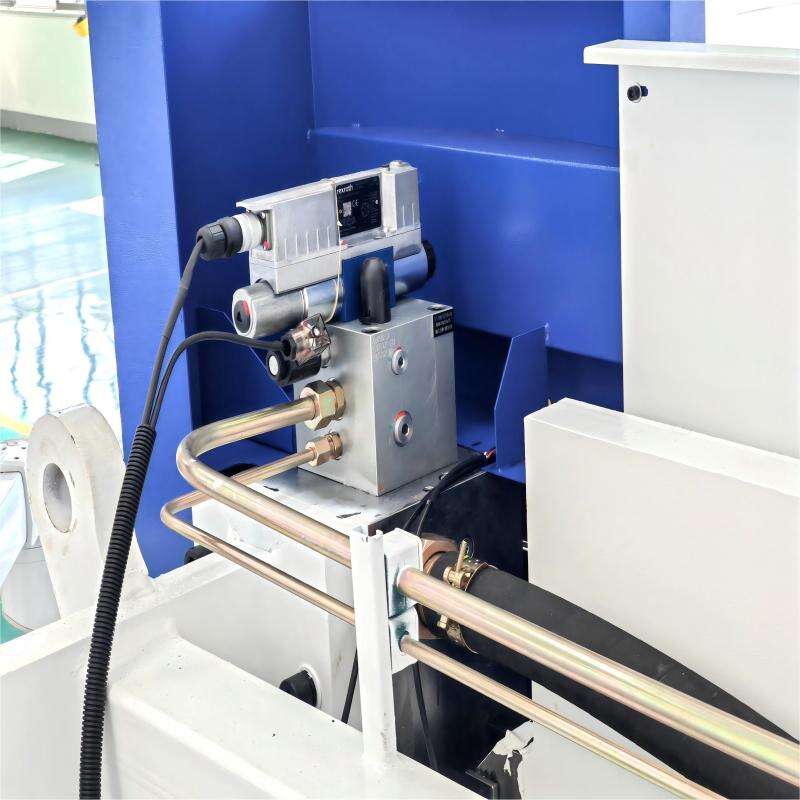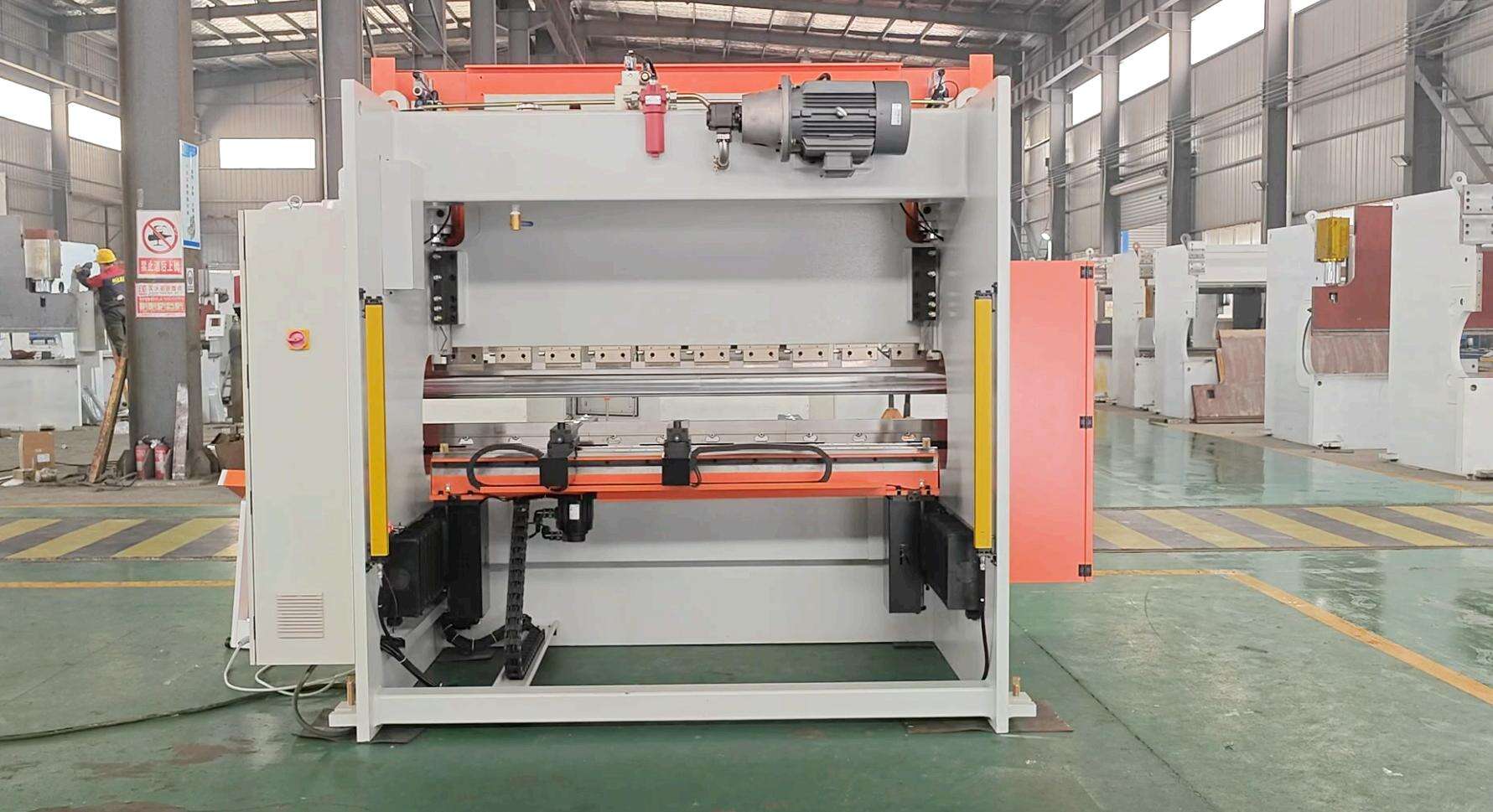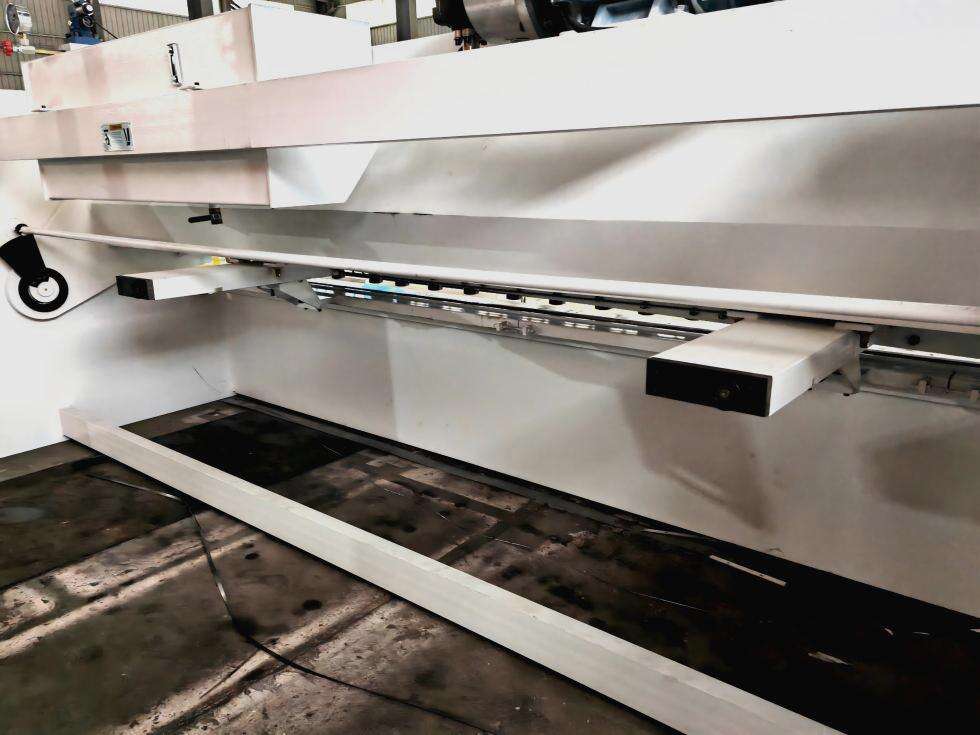press brake bending
Press brake bending is a sophisticated metalworking process that transforms flat metal sheets into precise angular formations through controlled force application. This versatile manufacturing technique employs a press brake machine, consisting of a punch and die system that works in perfect synchronization to create accurate bends. The process involves positioning a metal workpiece between the punch and die, followed by the application of precise pressure that forms the desired angle. Modern press brake systems incorporate advanced CNC technology, enabling operators to achieve complex bend sequences with exceptional accuracy. The technology excels in producing various bend angles, from simple 90-degree folds to complex multi-angle configurations, making it essential for industries ranging from automotive to aerospace. The process accommodates different materials, including steel, aluminum, and copper, with thickness variations from thin sheets to substantial plates. Quality control features such as angle measurement systems and pressure monitoring ensure consistent results across production runs. Press brake bending has become indispensable in manufacturing components for HVAC systems, electrical enclosures, architectural elements, and countless other applications where precise metal forming is crucial.


